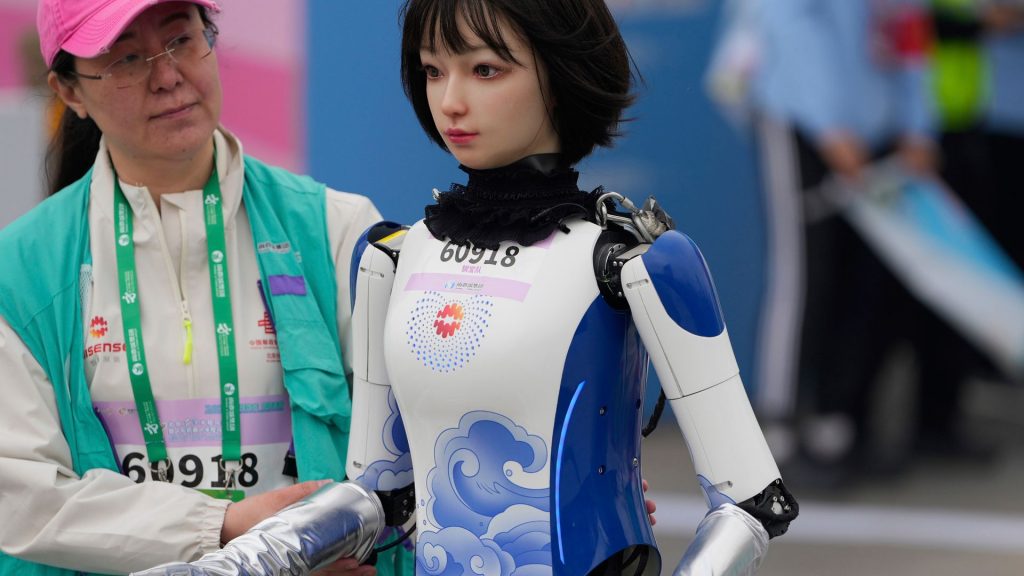Humans and humanoid robots race in Beijing’s half-marathon in world first
Ella Greene April 19, 2025 0
- Humans and humanoid robots ran side-by-side for the first time in a 13.1-mile race in Beijing’s Economic-Technological Development Area. However, the robots competed in separate lanes for safety.
- Robots were aided by human teams and allowed battery swaps and substitutions, highlighting ongoing technical hurdles in endurance, heat management and movement algorithms.
- Tiangong Ultra won the robot division in 2 hours, 40 minutes and 42 seconds; the event aligns with China’s 2025 goal to advance humanoid robotics as a key frontier in tech development.
Full Story
In a first-of-its-kind event Saturday, April 19, humans and humanoid robots competed on the same half-marathon course in Beijing, marking a milestone in both athletic and technological achievement.
The 13.1-mile (21-kilometer) race wound through the Chinese capital’s Economic-Technological Development Area, presenting participants with challenging slopes and rail crossings. While human runners followed traditional race rules, robots navigated a specially designated lane, supported by teams of engineers, operators and navigators.
Unlike their human counterparts who hydrated at water stations, robot participants were allowed mid-race battery swaps. Companies could also substitute robots unable to continue, though each replacement came with a 10-minute time penalty, according to CNN.
The event spotlighted the growing ambition of China’s robotics sector. Researchers face significant technical hurdles in developing long-distance running androids, including issues of heat dissipation, durability, system reliability and algorithm optimization.
Awards in the robot category went beyond speed, with recognition for Best Endurance, Best Gait Design, and Most Innovative Form.
Tiangong Ultra was crowned the robot division’s overall winner, finishing in 2 hours, 40 minutes and 42 seconds, according to the BBC. By comparison, the men’s human winner completed the course in 1 hour and 2 minutes.
Some robotic racers managed to finish, while others faltered early. One robot collapsed at the starting line, lying flat for several minutes before regaining balance and continuing the race.
China’s Ministry of Industry and Information Technology has identified humanoid robotics as a “new frontier in technological competition,” setting a goal for mass production and secure component supply chains by 2025.
Related Stories
Ella Rae Greene, Editor In Chief
Ella Greene
Ella and the staff at Clear Media Project (CMP) curate these articles.
Unless otherwise noted CMP does not write these articles.
The views, thoughts, and opinions expressed in the articles published on this blog belong solely to the original authors and do not necessarily reflect the views of the blog owner. The blog owner does not claim ownership of the content shared by contributors and is not responsible for any inaccuracies, errors, or omissions.
All rights and credits goes to its rightful owners. No Copyright Infringement is intended. If you believe any content infringes on your rights, please contact us for review and potential removal.





